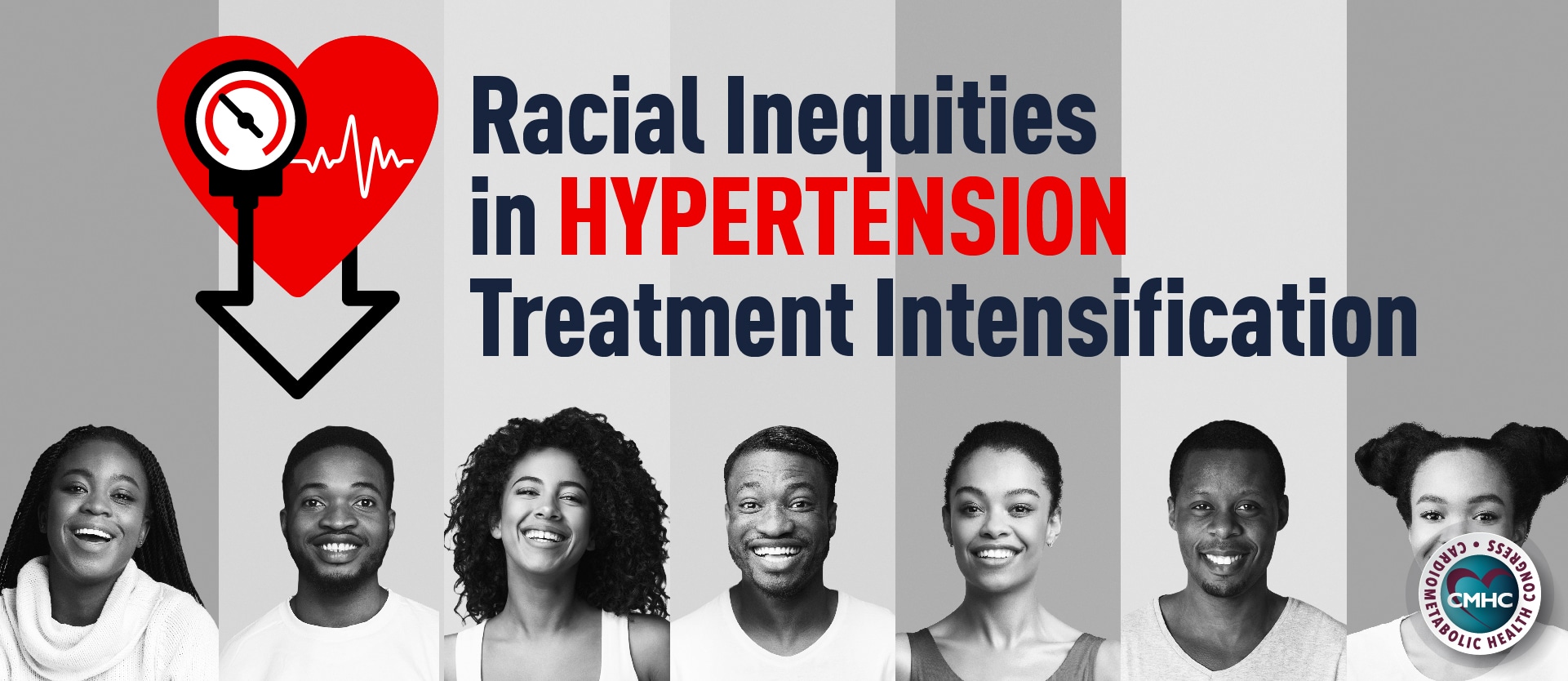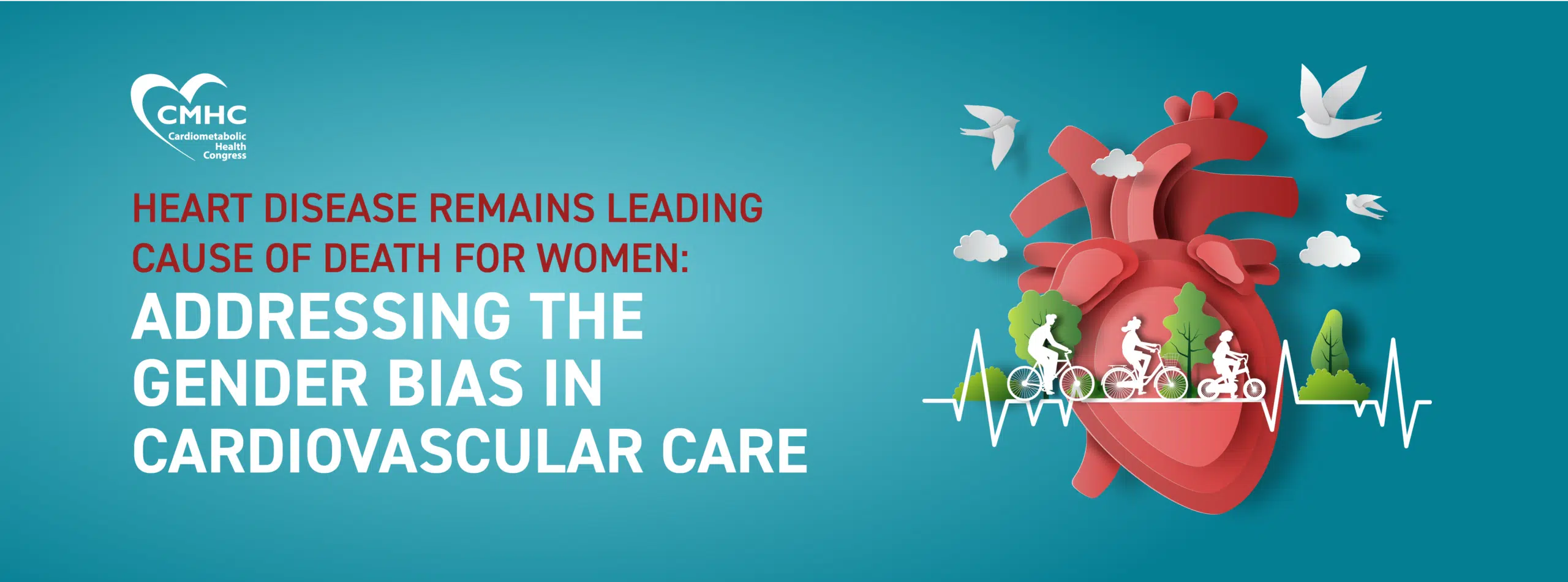Despite experiencing an increased risk for hypertension, Black patients often constitute a small proportion of clinical trial participants leading to a lack of data supporting evidence-based treatment decisions in this demographic. Until the Antihypertensive and Lipid-lowering Treatment to Prevent Heart Attack Trial, in which more than a third of participants were black, there was limited scientific evidence to inform treatment approaches. As a result of this trial, specific hypertension care recommendations were developed for Black patients. Nonetheless, racial inequities in hypertension treatment approaches persist and are particularly evident in therapeutic intensification practices.
Treatment intensification – including prescribing new medications of different classes or increasing doses of existing medications – is often critical for obtaining optimal blood pressure (BP) control in certain patients. However, recent data reports that Black patients are less likely to experience modifications in their treatment plans. As a result, racial inequities in treatment intensification could be responsible for up to over 20% of racial disparities in hypertension control, according to recent research presented at the American Heart Association (AHA) Scientific Sessions.
Assessing Disparities in Treatment
In a recently published AHA article, authors explained the findings of their preliminary research which aimed to determine to what extent variation in healthcare processes – such as treatment intensification and missed office visits – explain disparities in blood pressure outcomes. The team of researchers hypothesized that missed clinical visits would lead to more sizable BP control disparities as would a lack of treatment modifications.
In conducting the trial, investigators implemented a structural equation multivariate regression model to estimate the likelihood of blood pressure (BP) control in Black and White patients with hypertension as a factor of treatment intensification as well as missed visits. For the purposes of the study, goal blood pressure levels were 140 mm Hg systolic and 90 mm Hg diastolic; current guidelines define hypertension as 130/88 mm Hg or higher.
A total of 6,556 patients diagnosed with hypertension and uncontrolled BP who had attended 1 or fewer clinic visits were enrolled in the trial. The average age of patients was 58, 50% were women, and diverse ethnic groups were represented with 29% of the cohort being Asian, 23% Black, 24% Hispanic, and 17% white adults. Missed visits were defined as “no-shows” if they occurred within 4 weeks of an uncontrolled BP recording. The model was then adjusted for gender, age, first recorded BP level, visit frequency, and a diabetes diagnosis.
Treatment Intensification and Missed Visits
Researchers found that Black patients had more missed opportunities for treatment intensification as well as more missed visits when compared with other racial groups. Even when accounting for differences in missed opportunities and visits, Black patients were consistently less likely to achieve blood pressure control than their white counterparts. Overall, they noted that additional or intensified treatment for blood pressure control was lowest in Black participants and highest in Asian Americans out of all racial groups.
Researchers estimate that the indirect effect of decreased treatment intensification and missed visits in this group accounted for 22% and 13% of the total effect of race on BP control, respectively.
As these findings indicate, nearly one-third of racial disparities in the treatment of hypertension may result from inequities in treatment intensification. This confirms prior studies that indicate that Black patients are least likely to achieve normal BP, however, this racial difference appears to be explained by the prevalence of additional therapy.
“Although other investigators have shown that treatment decisions for some conditions such as pain can vary based on the patient’s race and physician bias, this phenomenon has not been widely reported for hypertension treatment,” lead author, Valy Fontil, MD, MAS, assistant professor of medicine at the University of California, San Francisco noted in a AHA press release.“These findings also re-emphasize the call for adopting treatment protocols and clinical decision supports that can help standardize quality of care for hypertension and perhaps other chronic diseases.”
Achieving widespread blood pressure control in the United States is a lofty goal that relies on decisions made by clinicians and patients during clinical encounters. Along with further research to explain variations in decision-making regarding intensifying treatments establishing more equitable guidelines and practices is crucial to reducing the racial disparities in cardiovascular care.


















